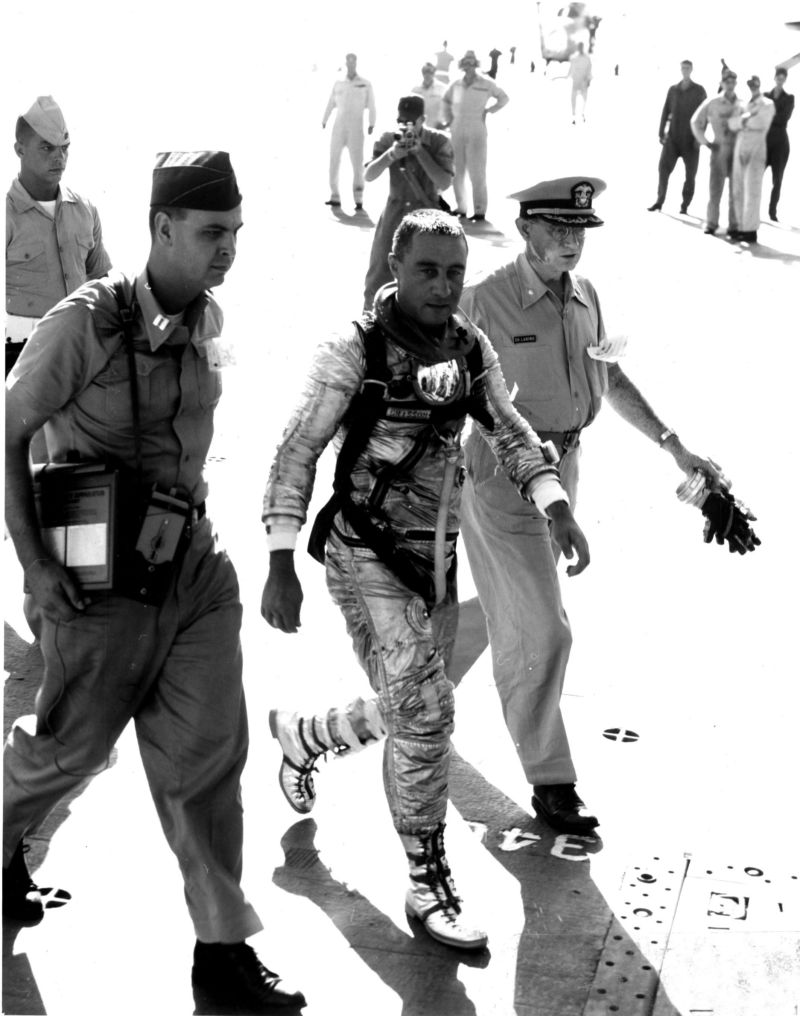Gus Grissom taught NASA a hard lesson: “You can hurt yourself in the ocean”
Ars Technica » Scientific Method 2016-11-13

Enlarge / Is Gus Grissom angry after the Liberty Bell 7 nearly took him to the bottom of the ocean? Weary? Thoroughly shaken? It's hard to know for sure. (credit: NASA)
Gus Grissom had just entered the history books. A mere 10 weeks after Alan Shepard made America’s first human flight into space, Grissom followed with the second one, a 15-minute suborbital hop that took him to an altitude of 189km above the blue planet. After the small Mercury capsule’s parachutes deployed, Grissom splashed down in the Atlantic Ocean, seemingly bringing a flawless mission to a close.
Only it wasn't flawless, nor was it closed. At that moment, Gus Grissom almost drowned.
It was July 21, 1961, toward the end of the second Mercury mission, and the hatch to Grissom's spacecraft blew early. The ocean flooded in. The astronaut responded by jumping free of the Liberty Bell 7 capsule. He struggled for five minutes to remain above the churning waves even as his spacesuit, already 22 pounds when dry, filled with water.